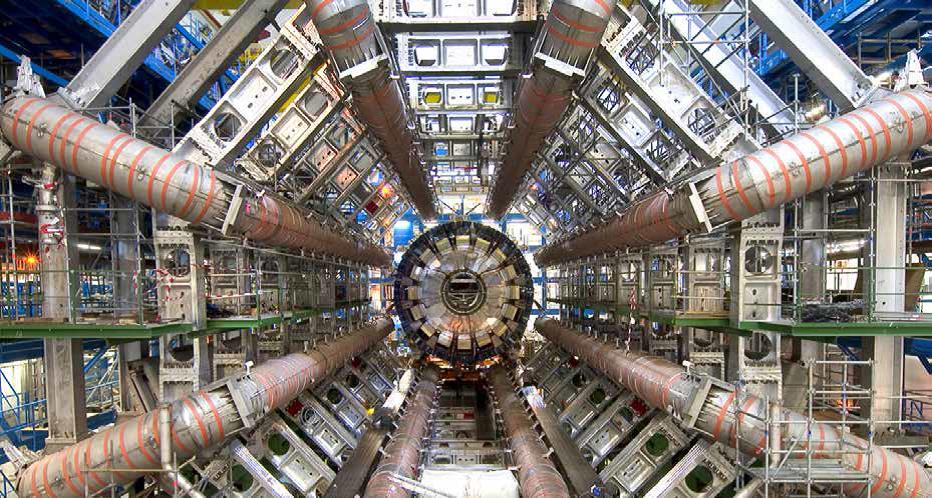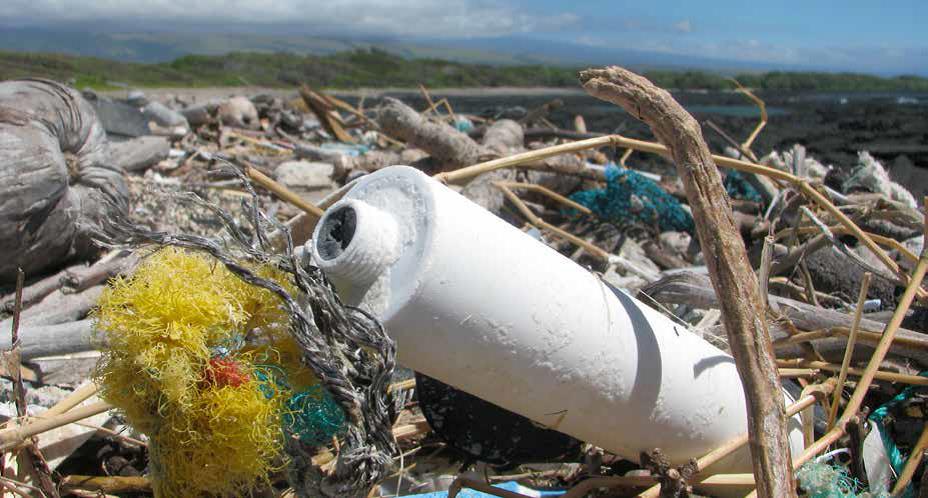The School of Science & Engineering at SUNY New Paltz sponsors an annual series of lectures on the most pressing questions and cutting-edge advances in science, technology, engineering and math (STEM).
The lectures are presented by recognized scholars, chosen not only for their expertise, but for their ability to communicate clearly with a general scientific audience.
“The Harrington Lectures bring top-notch scientists, mathematicians and engineers to the Hudson Valley to talk about ground breaking research to the general public,” said School of Science & Engineering Dean Daniel Freedman. “The topics are selected to provide information about critical policy areas or just fascinating new findings that change our understanding of the universe.”
All Harrington STEM Lectures are held in the Coykendall Science Building Auditorium on the New Paltz campus, and are free and open to the public. All lectures begin at 5 p.m.
Each evening’s program includes a reception prior to the lecture to encourage conversation between guest lecturers and our students, faculty, staff and community members. Lectures are video recorded and archived, and past lectures can be viewed on the Harrington STEM Lecture Series website.
 Feb. 28, 2017 – 5:00 p.m. (Reception 4:30)
Feb. 28, 2017 – 5:00 p.m. (Reception 4:30)
“Hidden Ecosystems Beneath the Antarctic Ice Sheet”
John C. Priscu, Professor of Ecology, Montana State University
Condensed Abstract: Antarctica is the highest, driest and coldest continent on earth. It holds 90 percent of the world’s ice and 70 percent of its freshwater. Early explorers referred to it as a place devoid of life, and the idea that the Antarctic ice sheet was lifeless persisted for more than 80 years. Recent research has shown that huge river basins and some of our planet’s largest lakes exist beneath the more than 2 miles of Antarctic ice. In these spaces scientists have proven that subglacial ecosystems in Antarctica form the largest wetland on our planet, consisting entirely of microbial organisms that mine the energy in rocks to support their existence. John C. Priscu will present the events leading up to these discoveries and how they have transformed the way we view the Antarctic continent.
 March 7, 2017 – 5:00 p.m. (Reception 4:30)
March 7, 2017 – 5:00 p.m. (Reception 4:30)
“The Higgs Boson: What, How, and Why We Care”
Matthew Deady, Professor of Physics, Bard College
Condensed Abstract: In the summer of 2012, two teams of scientists working on the Large Hadron Collider in Switzerland announced that they had discovered the long-awaited Higgs Boson. What is this particle, and how was it discovered? Why do physicists think is it so important to our understanding of matter, energy, and the universe? Matthew Deady will address these and other questions as he leads an investigation of the fundamental particles and forces that underlie all physical phenomena, culminating in the Higgs discovery and consideration of what might be beyond.
 April 18, 2017 – 5:00 p.m. (Reception 4:30)
April 18, 2017 – 5:00 p.m. (Reception 4:30)
“Beads of Destruction: A Survey of Great Lakes Plastic Pollution”
Sherri Mason, Professor of Chemistry, SUNY Fredonia
Condensed Abstract: The study of plastic pollution started in the world’s oceans, most famously focused on what has been called the ‘Great Pacific Garbage Patch.’ Despite a United Nations’ report suggesting that 80% of this oceanic debris came from land and, thus, was likely transported through a freshwater system, very little research with regard to marine debris has focused upon these freshwater systems. Given the size and importance of the Laurentian Great Lakes, they provide a significant representative model for other freshwater ecosystems throughout the world. During the summers of 2012 and 2013, we conducted the first-ever survey for plastic pollution within the open-waters of the Great Lakes. We present here our results from these initial open-water surveys, as well as additional investigations that were engaged upon as a result of these studies.
About the Harrington STEM Lecture Series
The School of Science & Engineering colloquium series is named for John Harrington, the School’s founding Dean and a dedicated adherent of science, education and collaboration across the STEM disciplines.

